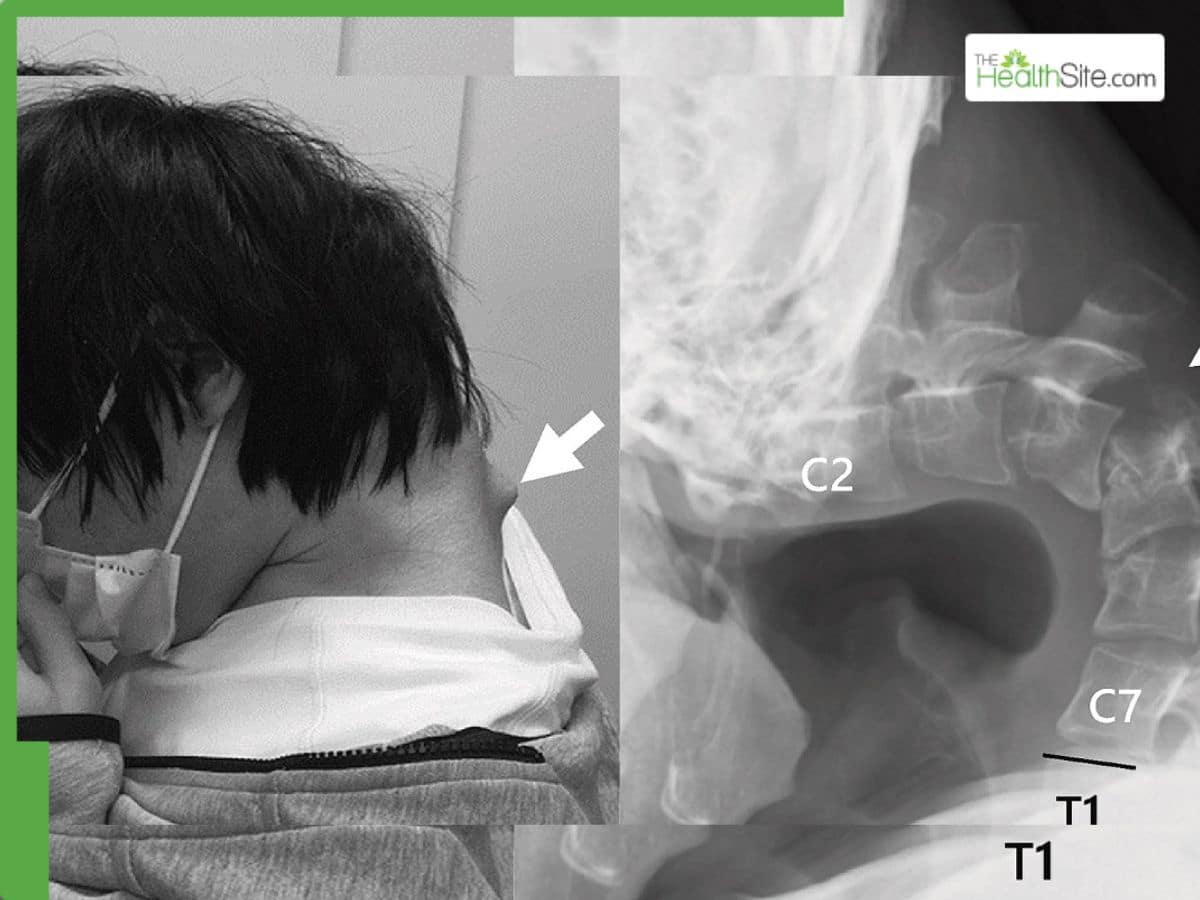Japan's Artificial Blood Development Poised to Transform Transfusions

Scientists in Japan have made a significant breakthrough with the development of artificial blood, a creation poised to revolutionize transfusion medicine. This innovation promises universal applicability, an extended shelf life, and a potential solution to global blood shortages, though it faces crucial evaluations regarding safety, scalability, and overall impact on healthcare as it progresses through clinical trials.
At the heart of this medical marvel, developed by Dr. Hiromi Sakai and her team at Nara Medical University, is a sophisticated design utilizing "hemoglobin vesicles" (HbVs). These are essentially microscopic spheres containing hemoglobin, the oxygen-carrying protein in blood, each encased in a protective lipid-based outer layer.
This ingenious structure mimics the function of natural red blood cells but cleverly bypasses the complexities of blood type matching. The artificial cells lack the ABO and Rh antigens that determine blood types, rendering them universally compatible with any patient.
Remarkably, the hemoglobin for this artificial blood is sourced from donated human blood that has passed its expiration date, transforming potential waste into a life-saving resource. The encapsulation process not only stabilizes the hemoglobin but also ensures the artificial red blood cells are free from viruses, further enhancing their safety and universal applicability.
The potential advantages of this Japanese artificial blood are numerous and could profoundly transform medical practices worldwide.
Foremost among these is universal compatibility. This eliminates the critical and often time-consuming need for blood typing and cross-matching, allowing for immediate transfusion in emergency situations and simplifying blood inventory management.
Another groundbreaking feature is its unprecedented shelf life. Unlike donated whole blood, which typically lasts up to 42 days under refrigeration, this artificial blood can be stored for up to two years at room temperature and potentially up to five years when refrigerated.
This extended shelf life and reduced need for strict refrigeration could revolutionize emergency medical responses, especially in remote areas, disaster zones, or military field operations where access to compatible blood and cold storage is often severely limited.
Furthermore, the meticulous encapsulation and viral inactivation processes significantly reduce the risk of transmitting infections, a persistent concern with traditional donor blood. The use of hemoglobin from expired donations also enhances resource efficiency by repurposing medical waste and optimizing the use of existing blood supplies.
The journey of this artificial blood into clinical use has shown promising early results. Initial clinical trials, which began in 2022, involved 12 healthy volunteers receiving doses up to 100 milliliters. These trials reported no serious adverse events, marking a positive first step.
More recently, larger doses of up to 400 milliliters have been successfully administered to an expanded group of participants. The next critical phase of research will focus on meticulously assessing the efficacy and safety of the artificial blood across a broader spectrum of clinical scenarios. Researchers are ambitious, aiming for industrial-scale production and widespread clinical adoption by the year 2030, which would signify a monumental milestone in medical history.
Despite the immense promise and positive early findings, the path from this laboratory breakthrough to global implementation is laden with significant challenges and unanswered questions that must be addressed.
Long-term safety and potential side effects remain a primary concern. While early trials have been encouraging, the full long-term safety profile is yet to be established. Past experiences with earlier generations of hemoglobin-based oxygen carriers (HBOCs), some of which were linked to adverse effects like increased blood pressure, kidney damage, and even higher mortality rates, highlight the necessity for rigorous and comprehensive safety evaluations.
Scaling up the manufacturing process to meet potential global healthcare demands presents a formidable logistical and technical hurdle. The intricate encapsulation process and the stringent quality control measures required for artificial blood are inherently more complex and costly than those for traditional blood banking. The ultimate cost of producing artificial blood at scale will significantly influence its accessibility, particularly in low-income countries where the need may be greatest.
It is also crucial to acknowledge that the current iteration of this artificial blood primarily serves the function of oxygen transport. It does not replicate the full spectrum of functions performed by natural blood, such as immune defense mechanisms or blood clotting capabilities. This functional limitation could restrict its utility in certain critical medical situations.
Finally, gaining approval from health authorities worldwide will necessitate robust and irrefutable evidence of its safety, efficacy, and cost-effectiveness compared to existing treatments. This comprehensive regulatory process is inherently time-consuming and could span several years of meticulous review and assessment.
Japan's innovative artificial blood stands as a pioneering advancement in medical science, offering a beacon of hope for a future where blood shortages are less prevalent and transfusions are safer, more efficient, and universally accessible. However, like any truly transformative breakthrough, the journey from discovery to widespread clinical application requires navigating significant scientific, logistical, and regulatory challenges.
If ongoing and future clinical trials unequivocally confirm its profound promise and address the existing concerns, artificial blood could undeniably emerge as one of the most significant advancements in transfusion medicine in this century. Its potential to revolutionize emergency care, surgical procedures, and the management of various chronic diseases across the globe is immense. The medical world watches with anticipation as Japan continues to spearhead this quest for a universal, reliable, and life-saving blood substitute.









